Salix have developed a Coir Roll which is fully biodegradable, providing effective erosion control without the use of plastic nets.
Salix are now a supplier of fully biodegradable, coir cased coir rolls


Salix have developed a Coir Roll which is fully biodegradable, providing effective erosion control without the use of plastic nets.

Salix co-authored in the first volume of Estuary Edges, having been involved in a significant number of projects within the tidal extent of the River Thames.
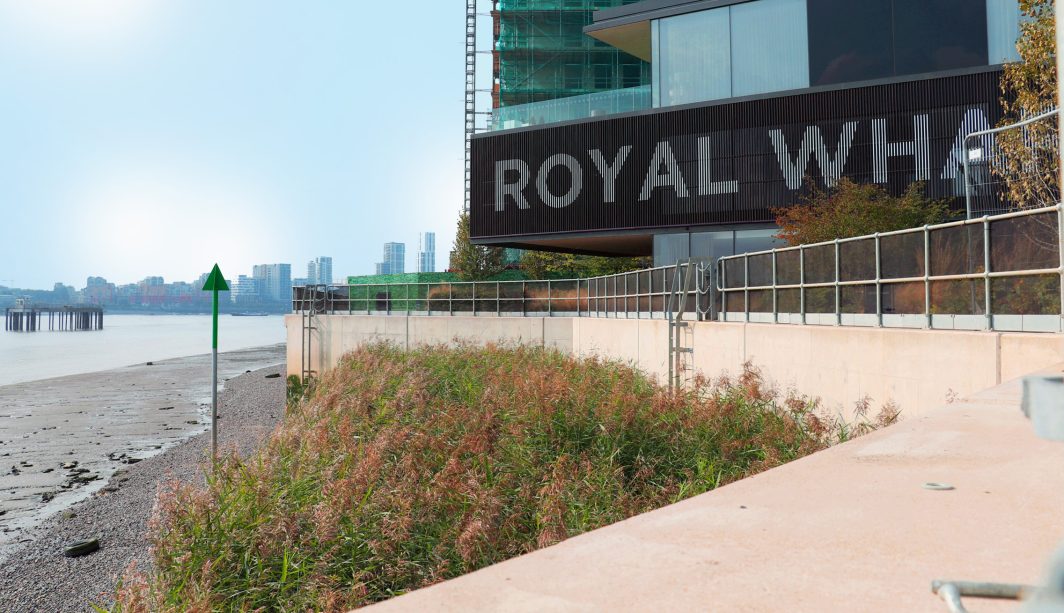
Creating a reed bed on an intertidal part of the Thames river is challenging – but Salix achieved a fantastic result as a consequence of their unique design approach.

When a flashy stream was unearthed in Sheffield Salix were brought in as specialist experts in erosion management by the Wild Trout Trust. The Porter Brook was subject to regular flooding, if it rained on the Peaks then the city centre would flood.

Rock Rolls and pre-planted Coir Rolls & Pallets were used to prevent erosion whilst creating a lovely habitat in Sheffield City centre where a culverted stream had been flash flooding

Creating habitats in a flood protection project with Yorkshire Wildlife Trust & Environment Agency at Snaith Ponds, using our Coir Pallets & native plants

VMax C350 & Eronet are used on this hydro project to protect the inlet channel and surrounding soils from erosion, working with nature for natural solutions
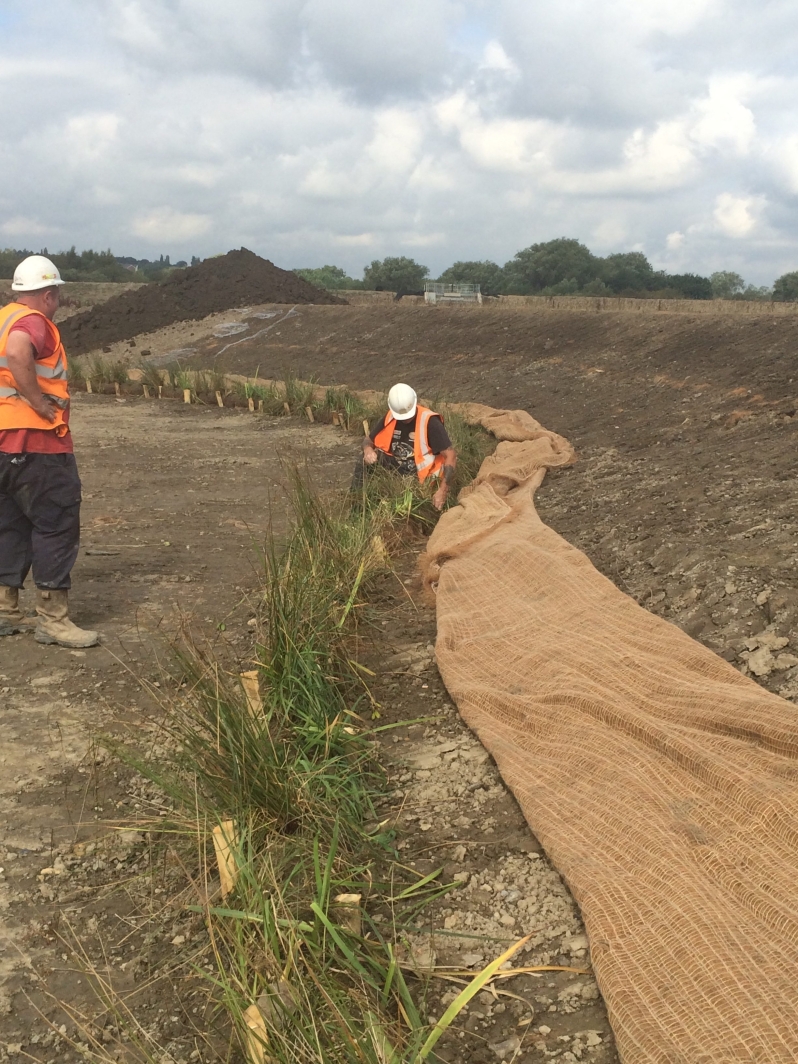
Salix have been appointed as specialist contractors to deal with the erosion control and habitat creation within a SuDS for a mix of housing and business parks at The Avenue
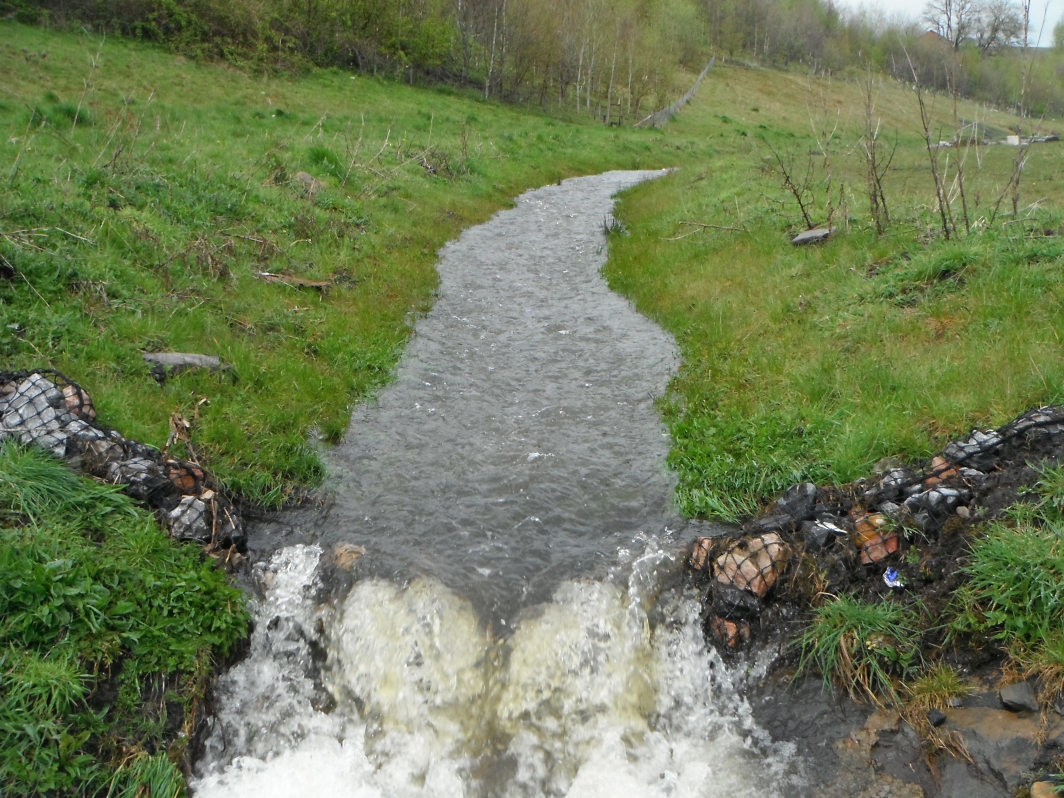
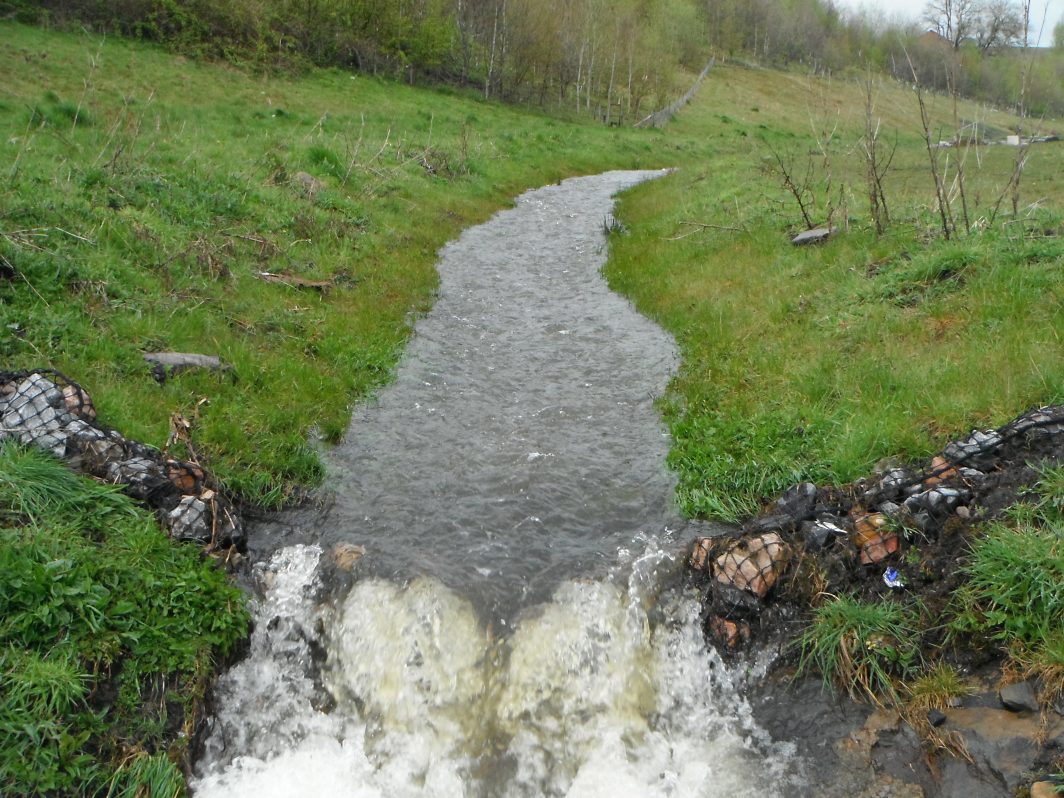
Constant flooding and erosion had been causing some serious problems for Merthyr Tydfil Council who manage an old reclaimed tip site, close to the village of Bedlinog in the Taff Bargoed Valley.
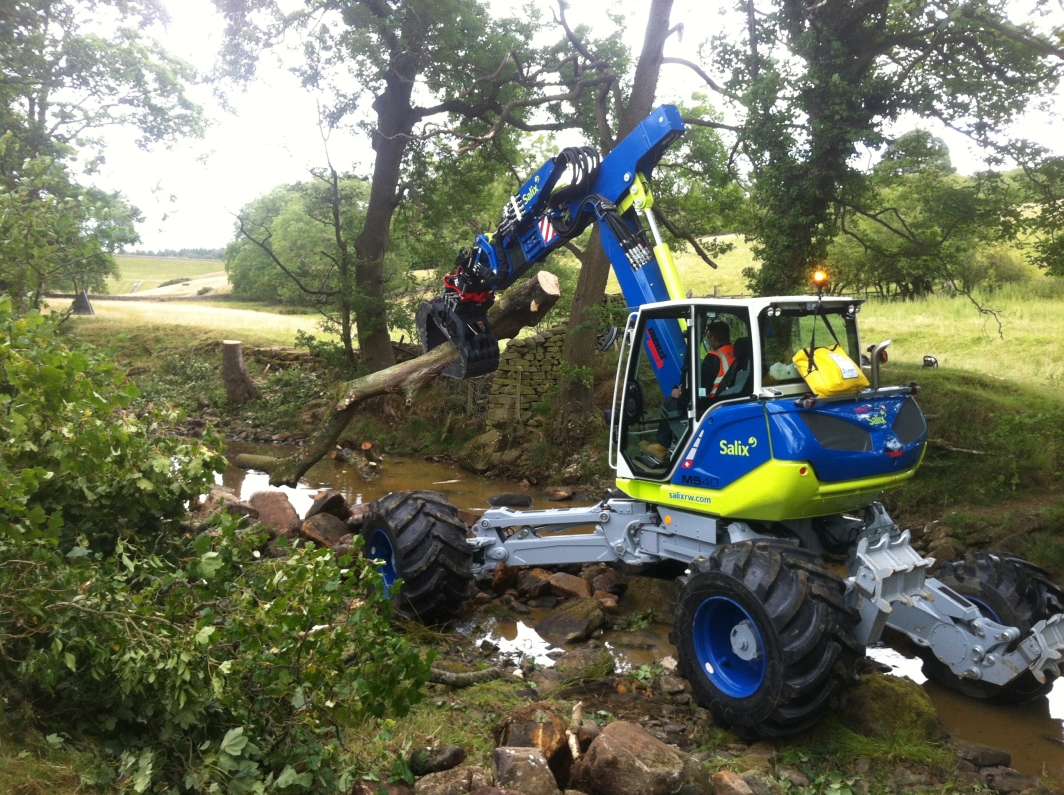
Salix were approached as river restoration experts and because of the innovative Menzi Muck Spider machine which is capable of climbing in and out of a river causing little disturbance.
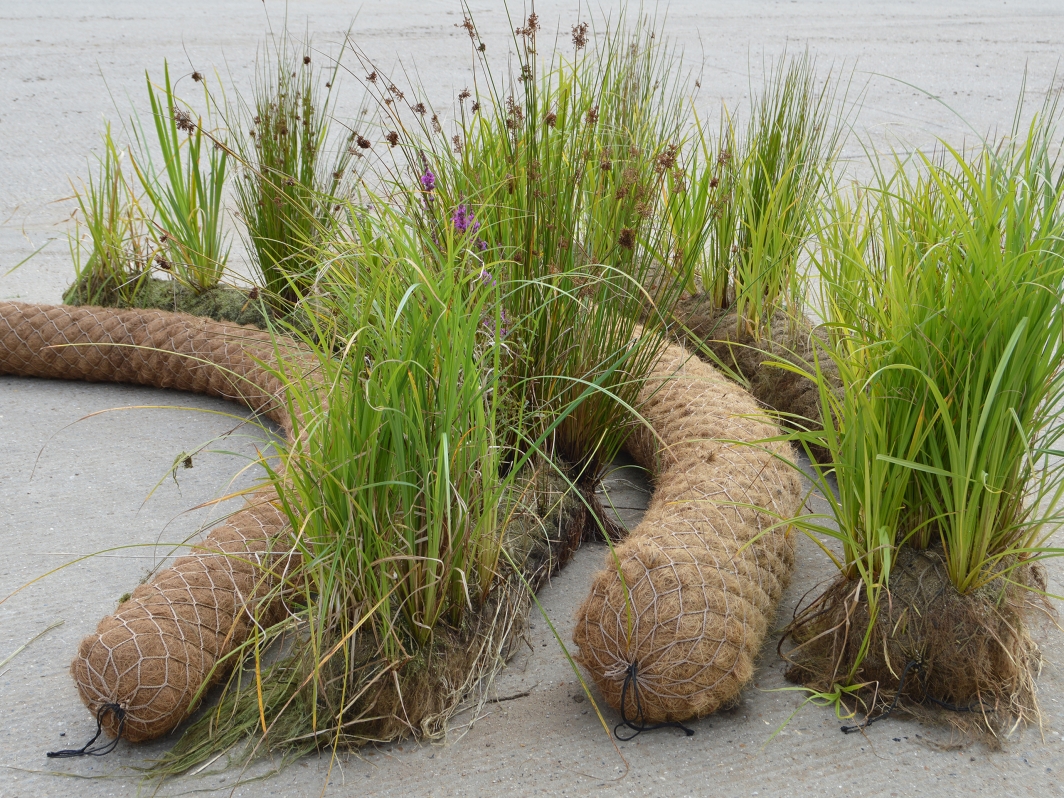
Our Coir Rolls are superb at erosion control and they are also brilliant for wildlife. Wildlife such as Water Voles benefit enormously from the immediate cover that the mature plants provide and also from the carefully thought out planting.


As part of its work to help develop the new European-funded Cleanleach leachate purification system, Salix River & Wetlands Services is attending the HTA’s Plant Health Conference at National Agri-Food Innovation Campus, York Feb 2016

The latest stage of the transformation of Walthamstow Wetlands into the largest wetland nature reserve in London will see the creation of new reedbeds to help preserve water quality and improve wildlife habitats.

Bridging the ecological and engineering gap with our effective bio-engineering solutions

Desilting a large reservoir in the heart of London and creating a new wetland habitat. Dredging silts enabled us to create 13,000 square metres of new reed bed

Innovative spider machine helps restore wildlife habitats on the River Washburn. Yorkshire Water’s trial works to improve the quality of the river environment downstream of Swinsty reservoir is now well underway.

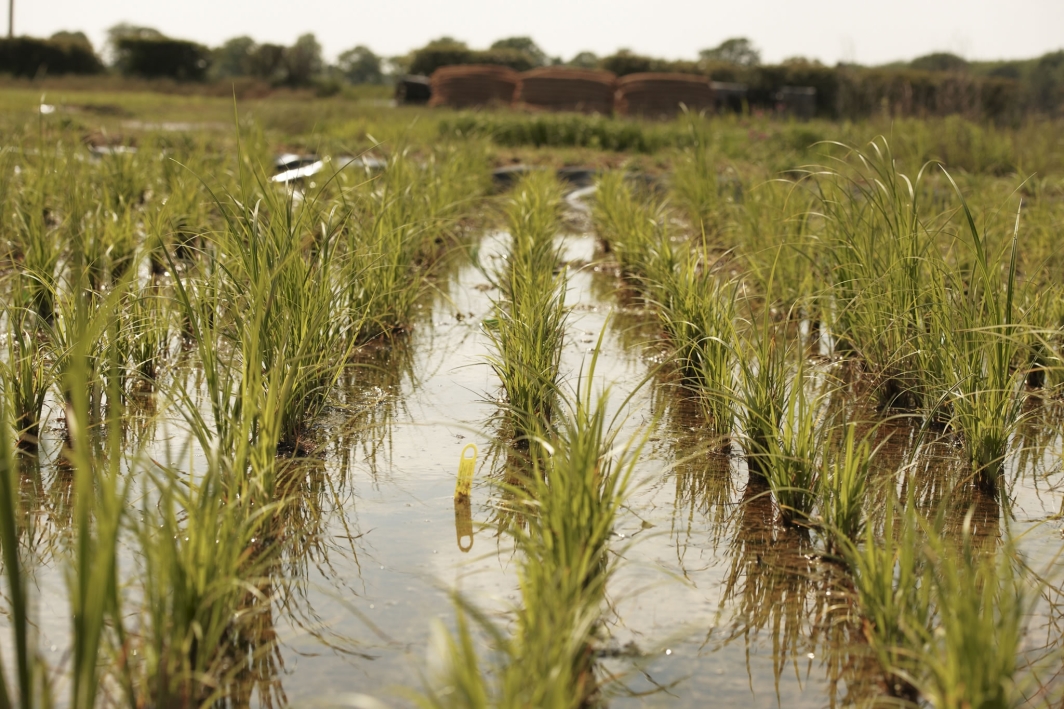

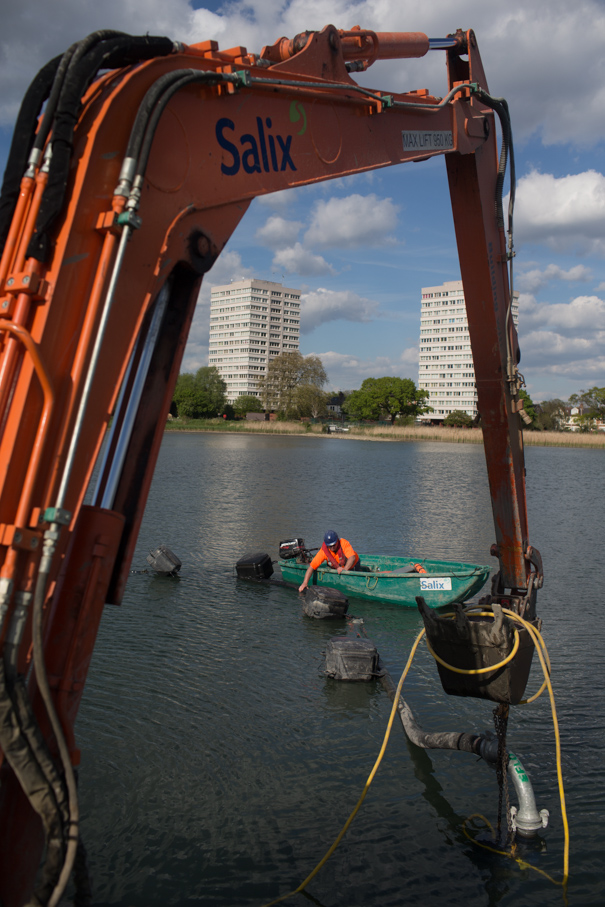
Wildlife gardening on a colossal scale, The Guardian admires our Woodberry Wetlands work. Desilting large areas of the old reservoirs to create new reedbeds.
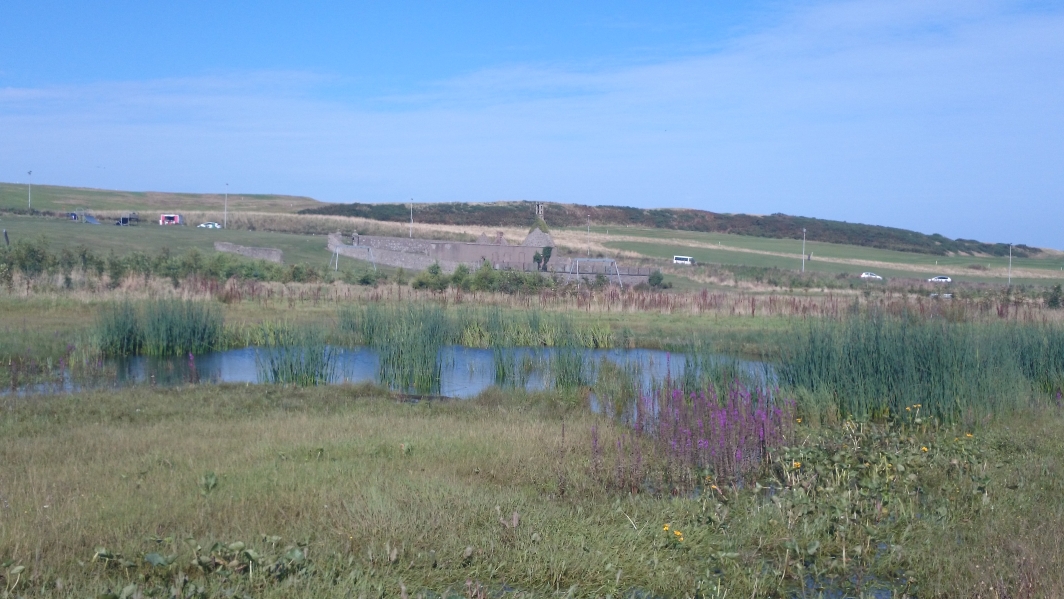
East Tullos Burn project transformed a waterway from a straight, hard-engineered channel, into a natural stream, functional floodplain and wetland habitat.
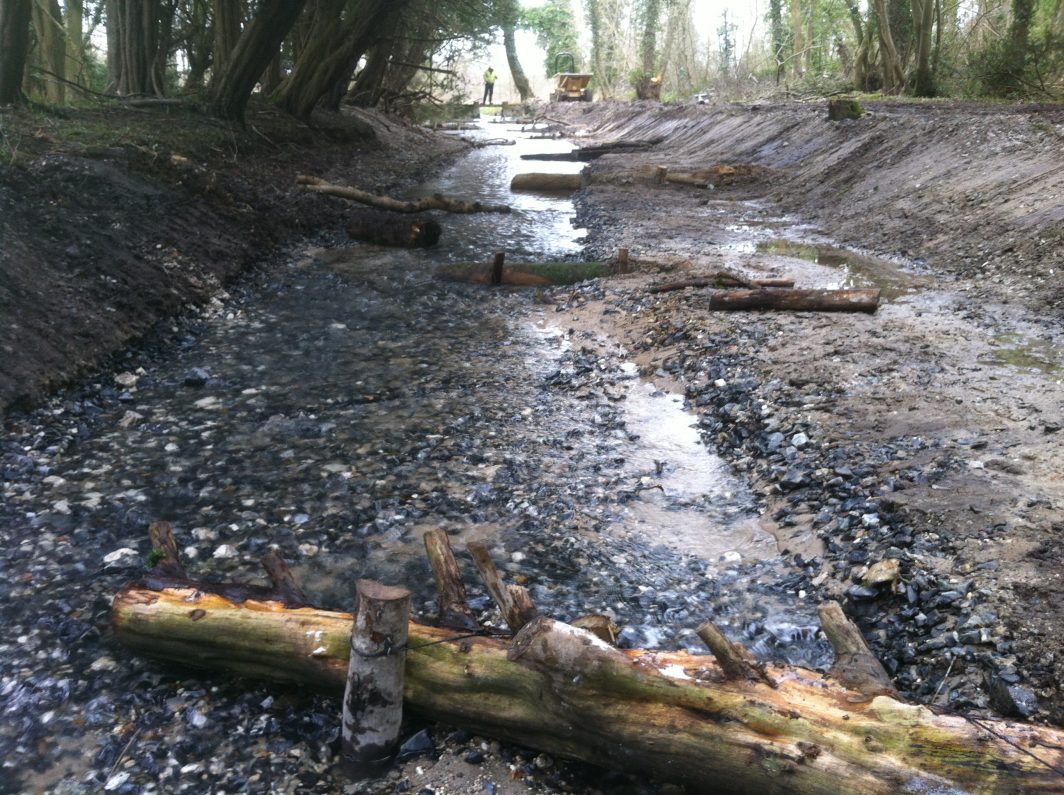
Salix has helped the Norfolk Rivers Trust to improve wildlife habitats on the chalk River Babingley, Hillington Estate near Flitcham, and River Nar at Pentney, near Kings Lynn.

We have started pump dredging/desilting at Woodberry Wetlands in East London, creating new reed beds and islands. Our desilting work uses an amphibious machine…

With the help of Salix, the Norfolk Rivers Trust is improving fish and other river wildlife habitats on the River Babingley near Flitcham, one of only two hundred chalk rivers left in the world.

Salix is helping the London Wildlife Trust to create a new nature reserve on the site of Thames Water’s East Reservoir in Stoke Newington.
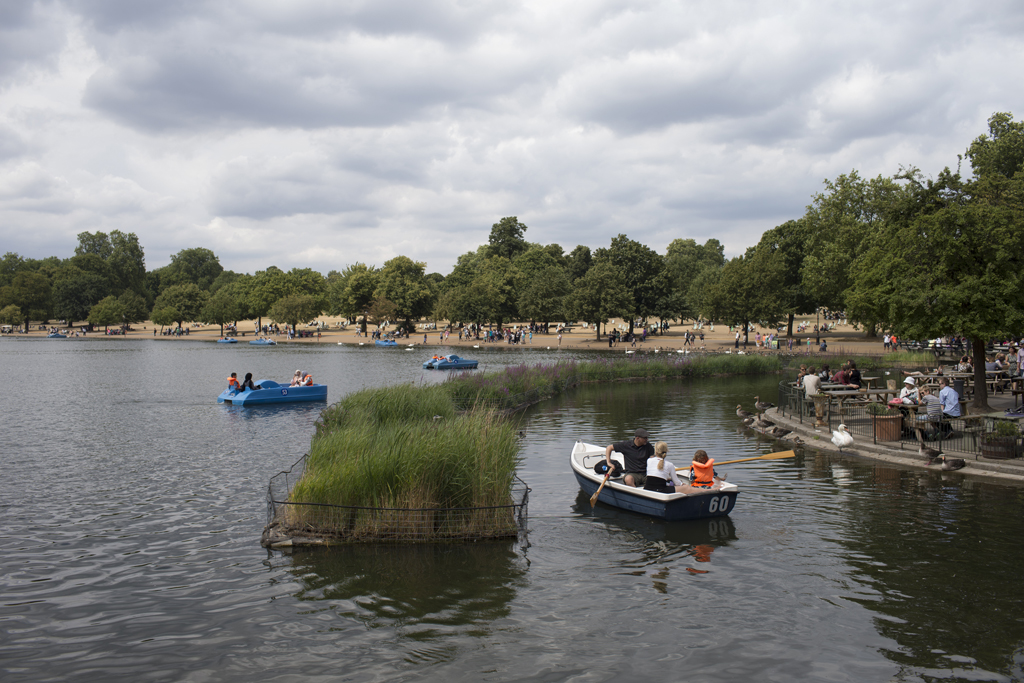
Phosphorus is one of the most common parameters causing a watercourse to fail water quality standards set out under the Water Framework Directive.

Salix reviewed the options for improving water control and biodiversity at Nant Llwynog stream – an old reclaimed tip site close to the village of Bedlinog in the Taff Bargoed Valley.

Salix has helped The Norfolk Hospice create a new pond at its new residential facility in Hillington.
As well as providing hundreds of native pond plants,

We were very fortunate to appear in this month’s CIWEM The Environment Magazine with regards to our work on the Olympic Park Wetlands –

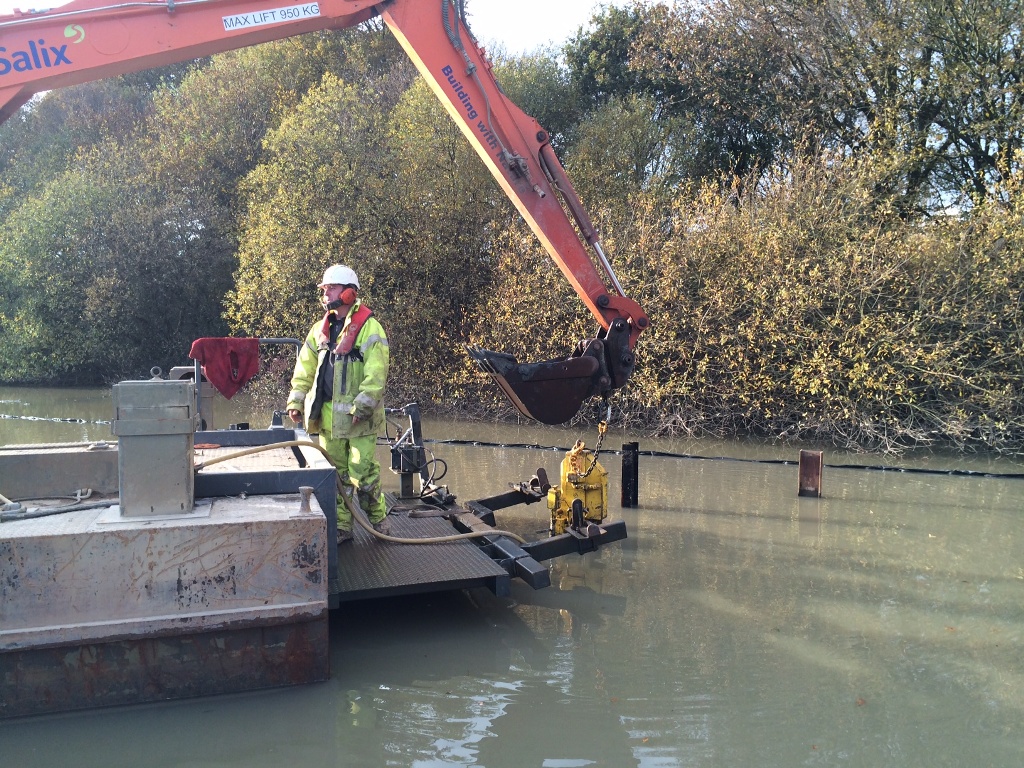

The South Downs National Park Authority has commissioned Salix to help create a wildlife haven on the South Pond, at the edge of Midhurst town centre in West Sussex. The large 800-year old pond, which has a 270-metre perimeter and two small islands, had been suffering from pollution and heavy siltation.
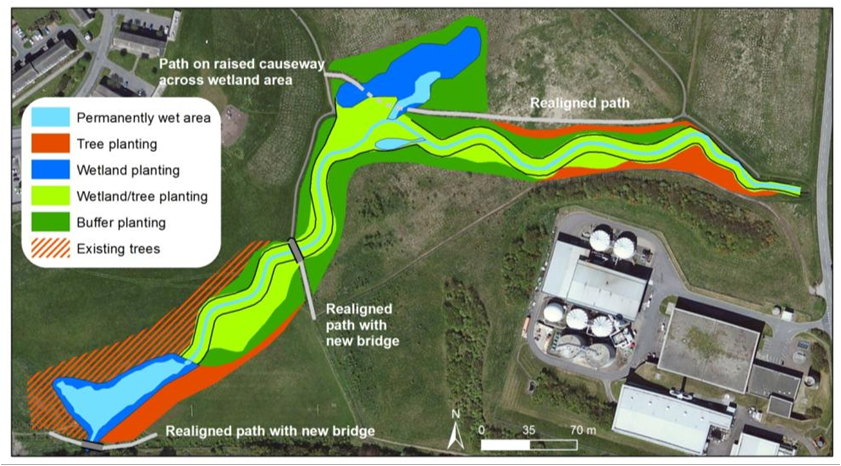
Salix has worked with Aberdeen City Council, cbec and Walking-the-Talk to restore the East Tullos Burn in St Fittick’s Park, Torry,
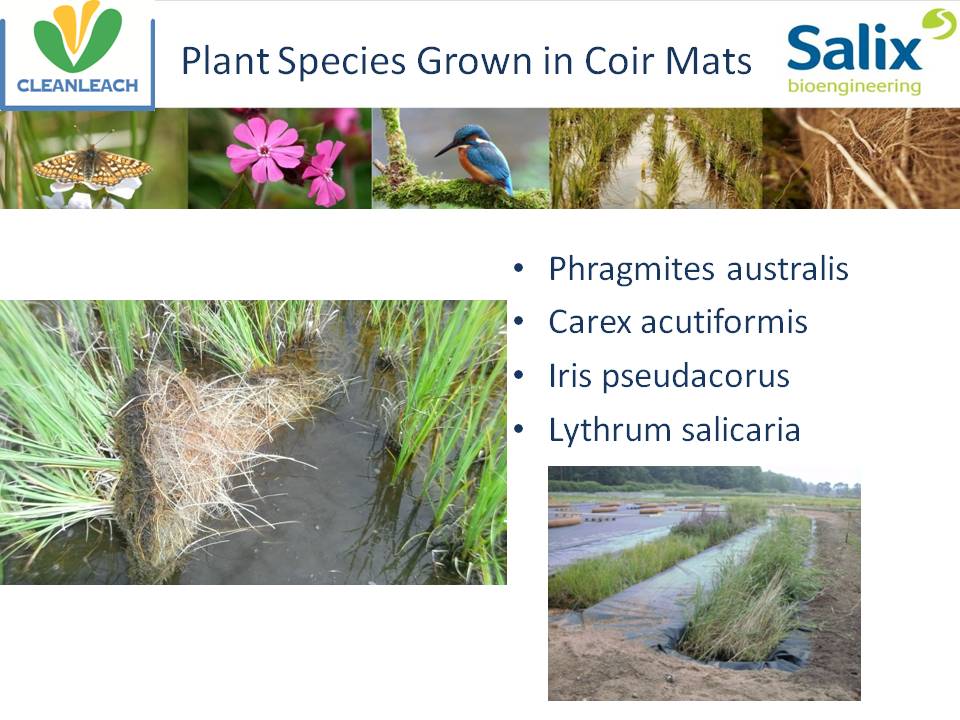
Salix has installed the new Cleanleach leachate purfication system at its 20-acre Croxton Park nursery in the Thetford Forest, as part of a European research project.

Working directly with ethical, organic and sustainable suppliers in Sri Lanka, each year Salix imports hundreds of tonnes of compressed coir fibres and turns them into Coir Rolls and Pallets at its Thetford nursery in Norfolk.

A 120 metre reach of river had been subject to ongoing bank instability issues. A gas pipeline set in the bank was dangerously close to being exposed and bank revetment options were considered.
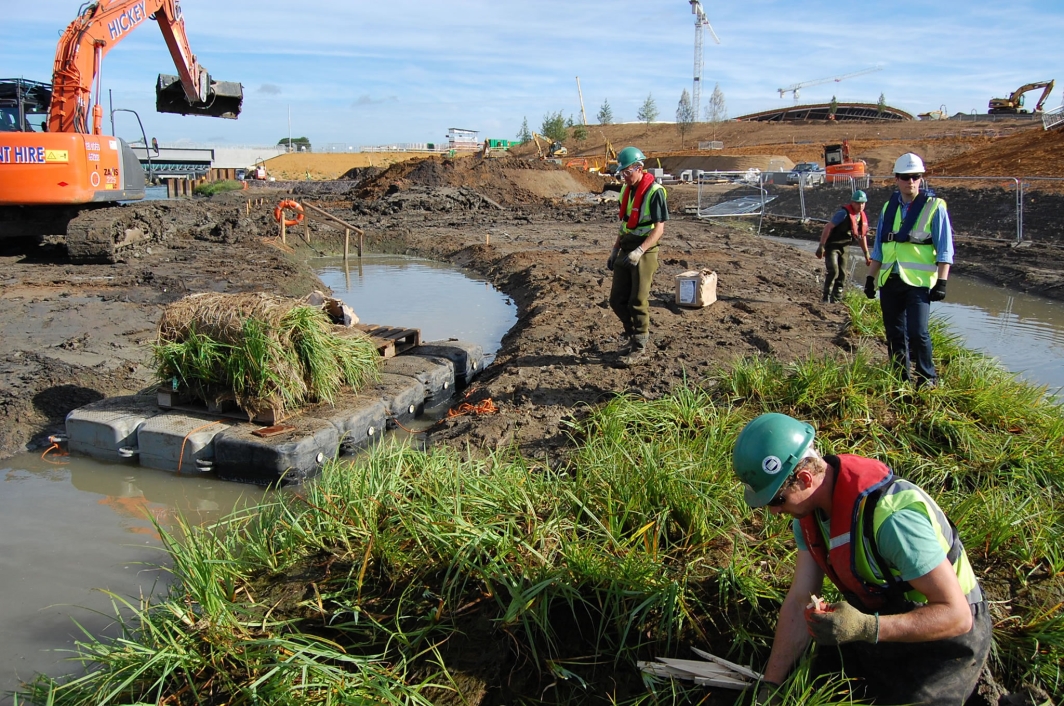
Salix were involved in making the Olympic Park a reality, when we were awarded the prestigious Tier 2 Contract in 2009 to grow all the wetland and wet wildflower plants…
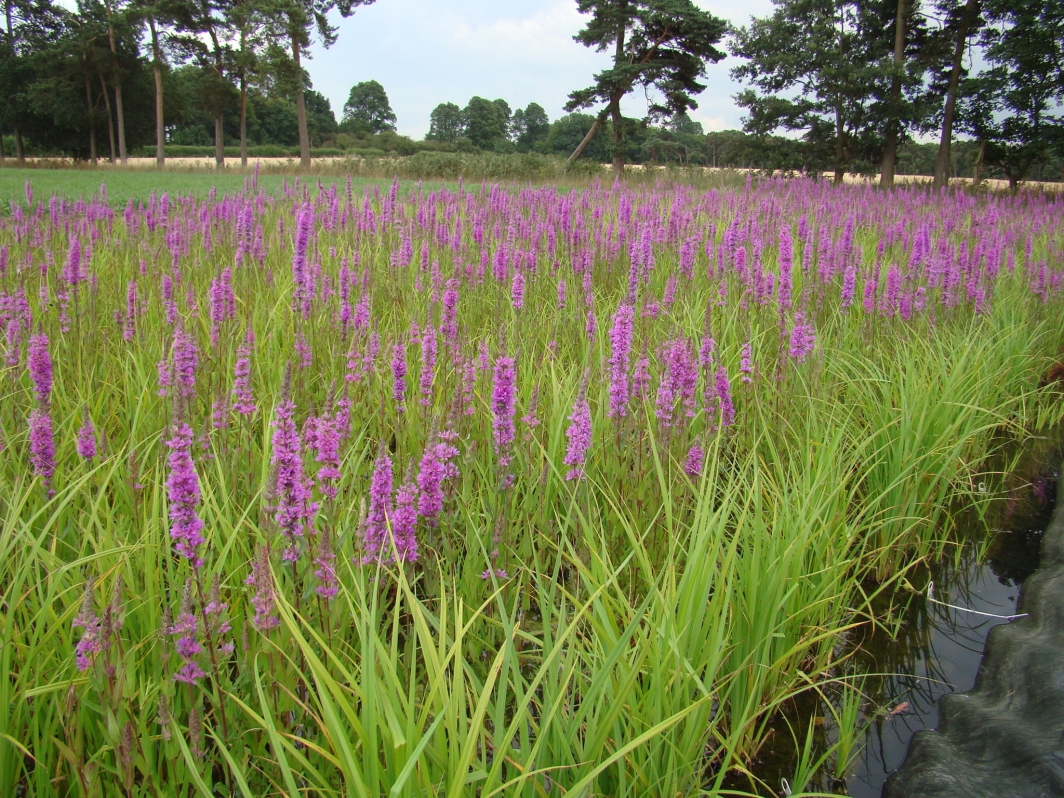
Salix produce a wide range of pre-established coir pallets planted with high quality native plant species. Coir pallets are composed from coir fibre which is a sustainable waste product from the husk of the coconut shell.

Coir Rolls are an organic living revetment that provide erosion control and rapid vegetation establishment. Salix have developed a range of specific species mixes for use in all types of water bodies.

As part of a programme of wildlife habitat improvements in the Royal Parks, Salix have been awarded a contract to create large floating wetland islands on the Serpentine Lake in London’s Hyde Park.
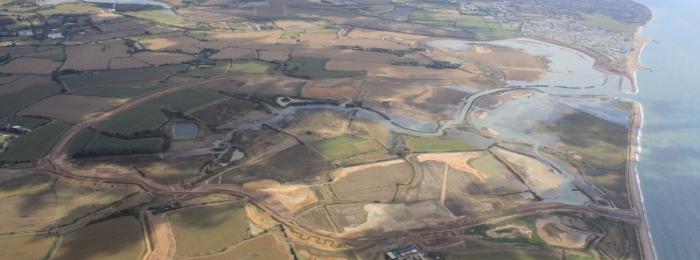
Medmerry is one of the stretches of coastline most at risk of flooding in southern England. The overall scheme involves building major new sea defences inland and allowing a new intertidal area to form between Selsey and Bracklesham in West Sussex.
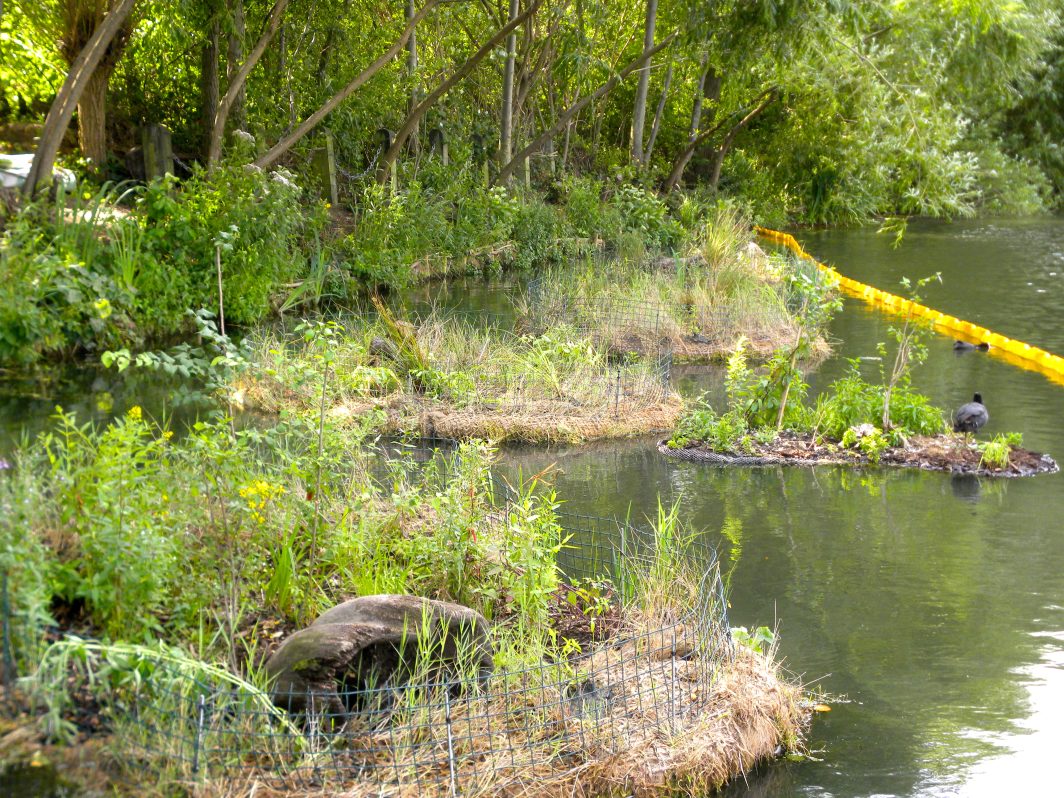
Wetlands are an incredibly valuable environment, both to nature and wider society; BioHaven can offer all of the ecosystem services of a healthy functioning wetland but can be placed in an area where it would be impossible to put a constructed or conventional wetland.


Richmond Royal Parks is a walkover for Salix and Sir David Attenborough’s Volunteers.
In our last newsletter and in the piece On Her Majesty’s Service we featured the start of our works at Richmond Royal Parks,

We are delighted to finally unveil our role in making the Olympic Park a reality, from our initial involvement way back in 2008,

The current harsh winter conditions have frozen our 20 acre constructed wetbeds at our own nursery in Norfolk.
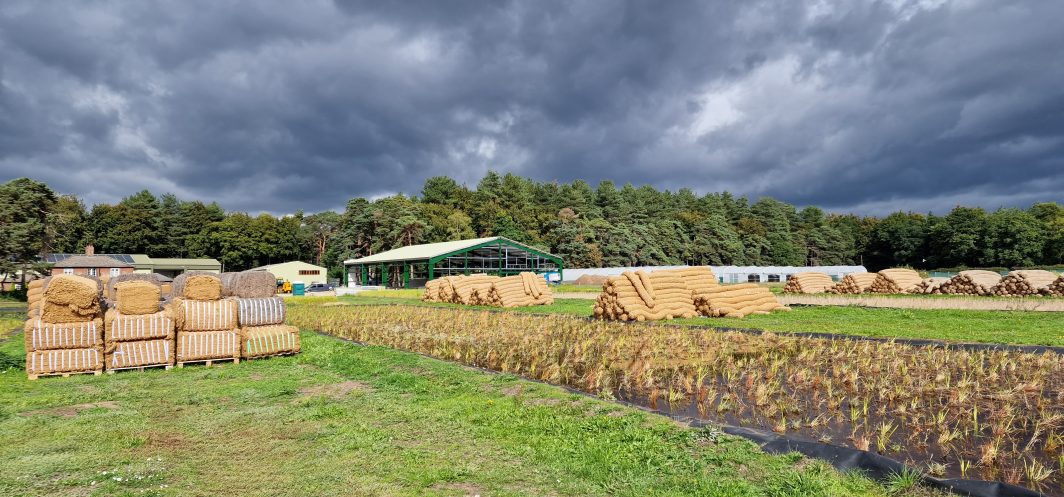
Work has commenced at one of our most prestigious locations to date The Royal Parks.
We have been appointed as a result of being able to demonstrate our experience in working in environmentally sensitive areas whilst employing our own specialist staff and machinery to minimise the impact of our works.

The Wilderness Lake is an important coarse fishery and recreational resource on the edge of Porthcawl in South Wales. It also functions as a flood storage area for the surrounding urban areas.

A new warehouse complex required a large balancing pond to take surface runoff water. The pond had steep sides which required some form of ground stabilisation.

The boating lake was a popular local attraction and fishing lake. The lake edges were in bad repair with little or no marginal vegetation. Floating islands were also required to add further habitat for fish and wildfowl.
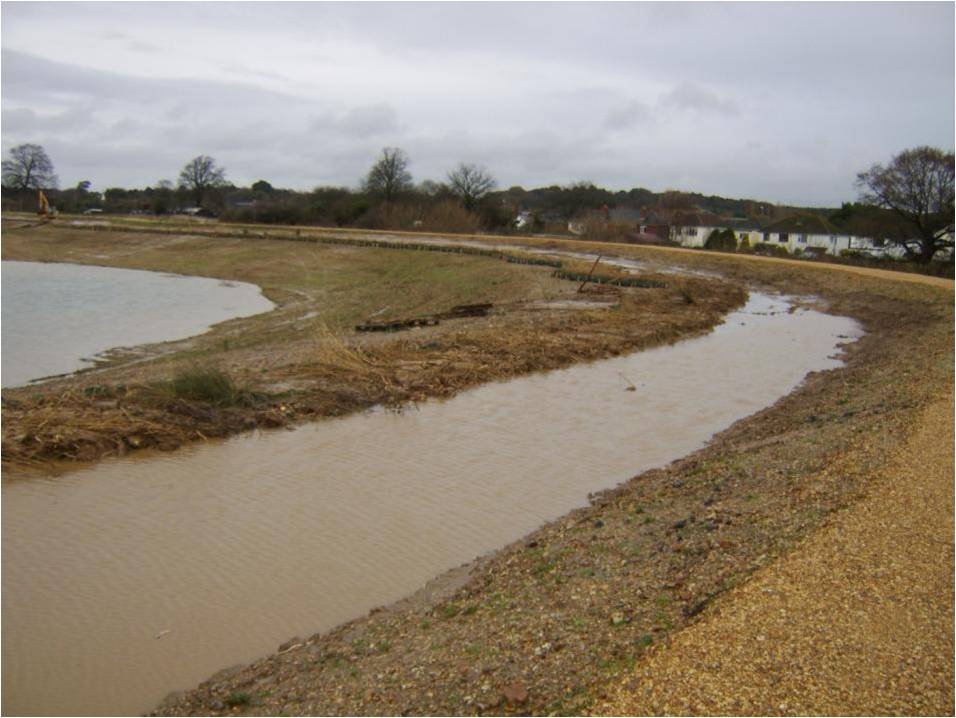
Working for Bournemouth & West Hants Water, Salix were appointed as Main Contractor to undertake 2km of bioengineering works to stabilise the shoreline of a new reservoir.

Works were required to repair an eroding railway embankment adjacent to the river. This resulted in the embankment encroaching into the river, causing erosion problems on the opposite bank belonging to a local farmer.
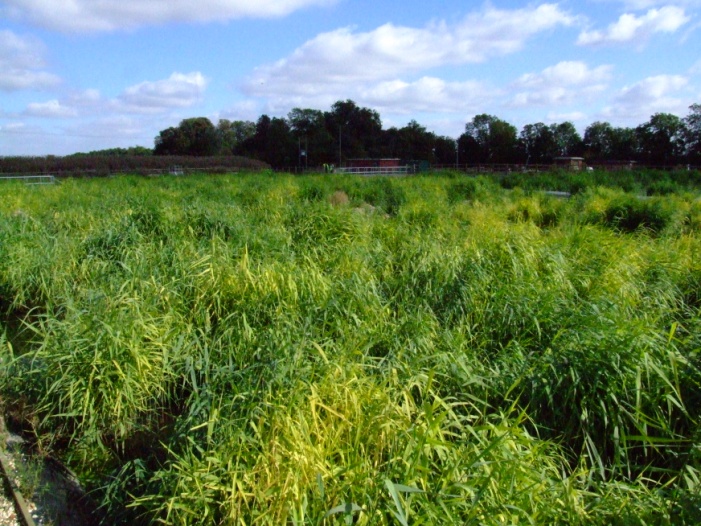
After a competitive bid process, Salix designed and built a tertiary treatment reedbed for Anglian Water at their Papworth STW. Salix partnered with Pete Worrall of Penny Anderson Associates and a unique design approach was developed.
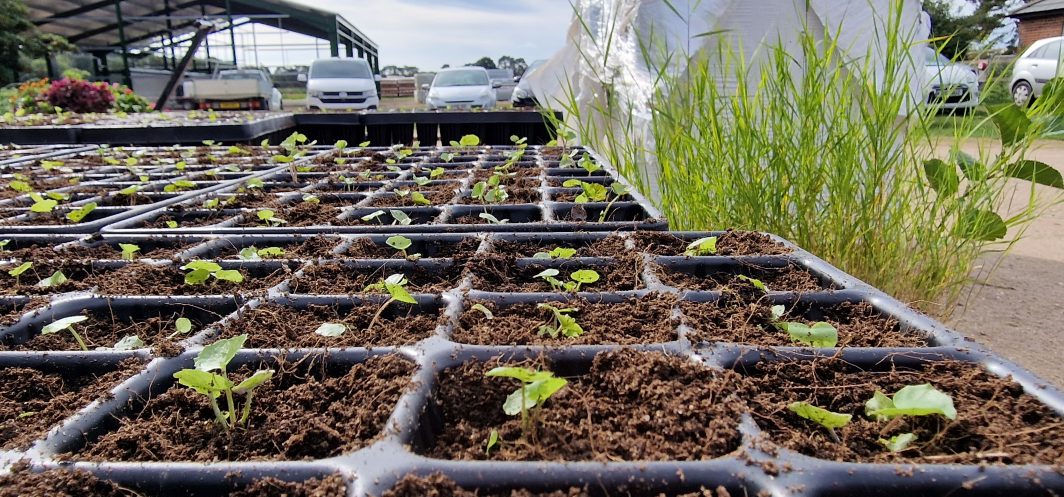
Salix successfully tendered for a project to form a backwater and island in a field adjacent to the Grand Union Canal.

Worden Park channel stabilisation work
“Following works within Worden Park to remove a culverted section of Cricket Field Brook that was the cause of flooding to neighbouring residential properties,


Over 560m of perched channel in Soham, Cambs was leaking and needed repair. The reach was populated by water vole so a sensitive approach was required in order to create a new habitat as soon as possible.

As part of a new large reedbed creation project Salix contract grew and planted out 125,000 reed plants grown from local provenance seed stock. Seed was hand collected and processed by Salix specialists from an adjacent existing reedbed.

As Principle contractor, Salix constructed a 3 hectare wetland system to provide waste water treatment and habitat creation. 18 integrated ponds, wet grassland, reedbeds and ditches were constructed for Twycross Zoo.
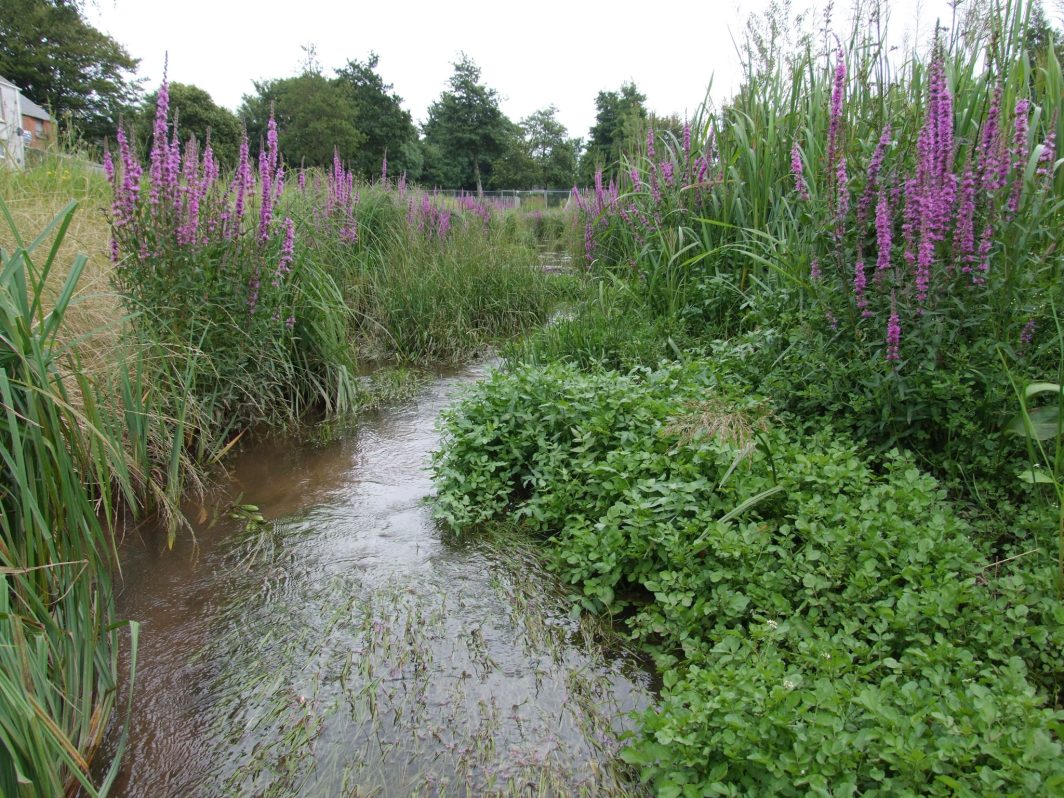
1 km of new and existing channel was enhanced using bioengineering techniques as part of a flood protection project in the centre of historic Pembroke in West Wales.
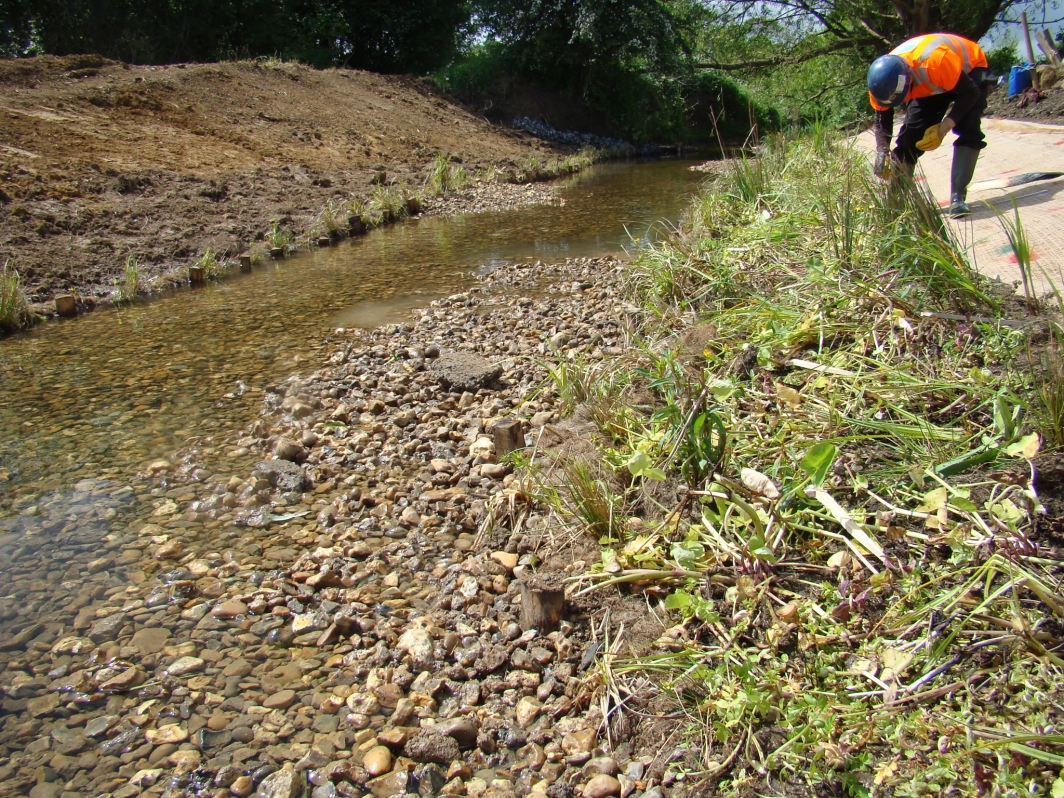
Salix designed and constructed a stream enhancement project at a gas pipeline river crossing as ecological mitigation to a degraded reach of stream as part of a major pipeline project.

Salix were asked by Environment Agency Wales to advise on methods to restore a 100 metre reach of the River Thaw which had been subject to physical degradation by overgrazing and cattle poaching.

The River Roding is an inter-tidal river and these works were undertaken 100m upstream of the Barking Barrier, Greater London. The works were part of an Environment Agency environmental enhancement project with both flood defence and nature conservation in mind.

Salix were employed by main contractor Casey to undertake the restoration work to Beacon Pool for Lichfield Council on this Heritage lottery funded project.

Salix successfully tendered for a pilot project to improve marginal vegetation along the River Wandle. The project formed part of a wider scheme to reintroduce water vole to the river.

A two hectare area of open water had extensive embankment erosion due to massive populations of Canada Geese which created public health & safety issues.
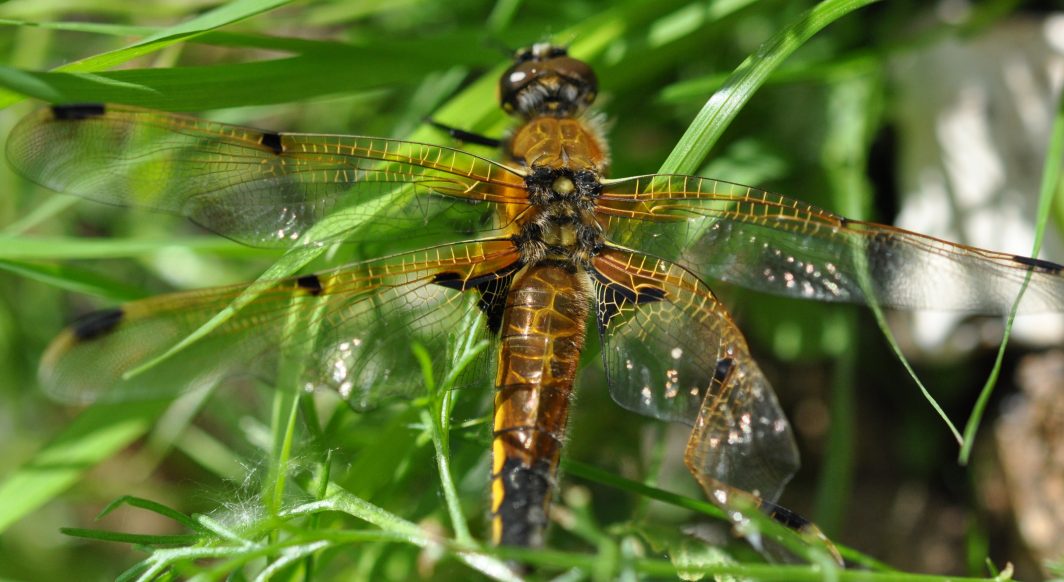
The project aim was to restore a wetland area on the banks of the Grand Union Canal for the benefit of wildlife and the fishery. The scheme design ensured that no material was taken off site and that particular focus was on creating suitable habitat for Water Voles and amphibian species such as Newts.
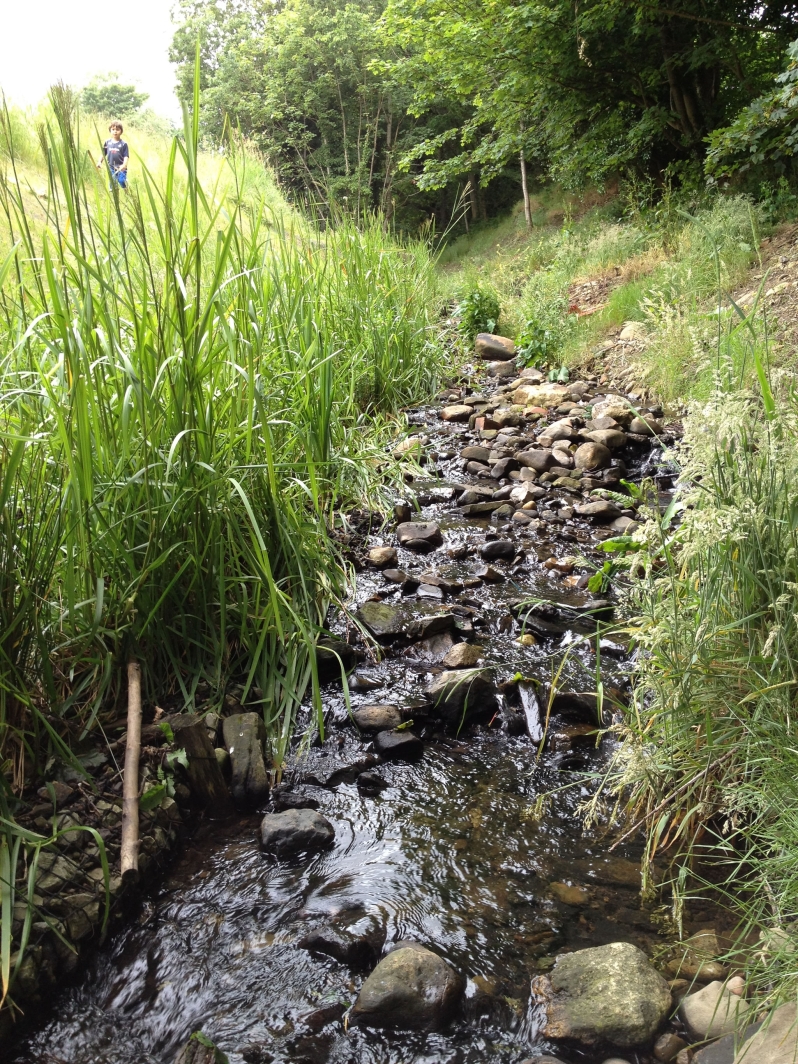
A new development had slope stability issues due to an adjacent cobble bed watercourse badly eroding the soils and downcutting the bed within the channel.
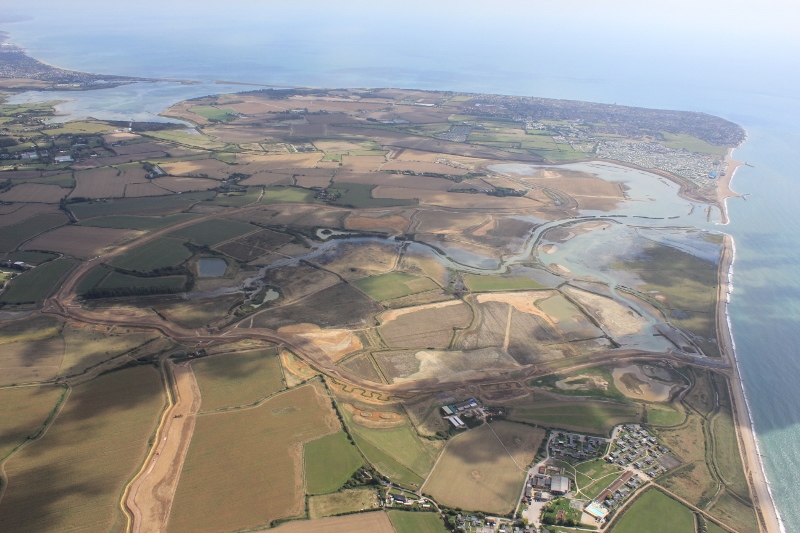
Medmerry is one of the stretches of coastline most at risk of flooding in southern England. The overall scheme involves building major new sea defences inland and allowing a new intertidal area to form…

Floating Islands provide valuable ecological habitat, fish refuge cover and water purification within open water environments. Salix supply and install floating islands and can incorporate a diverse range of flowering species to increase the habitat and aesthetic value of the project.

Living willow has been used as a method of controlling riverbank erosion for centuries. Salix employ traditional techniques and more modern approaches based upon the site specific erosion process.

The River Teme is a sensitive SSSI and SAC river and over 150 metres of severe bank erosion was threatening a National Grid pipeline.